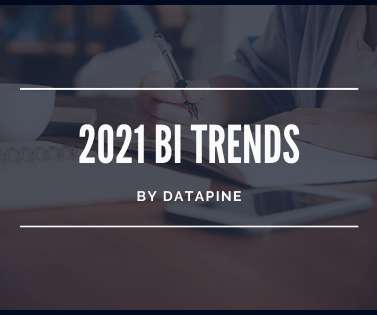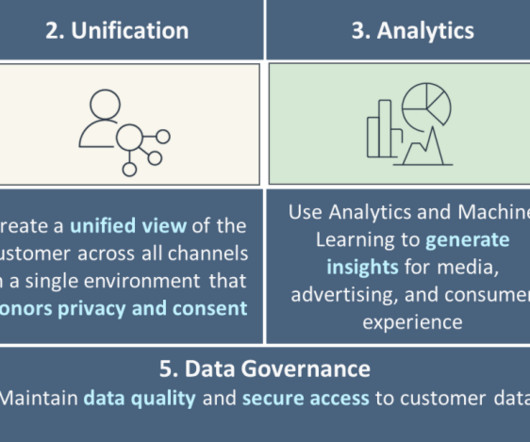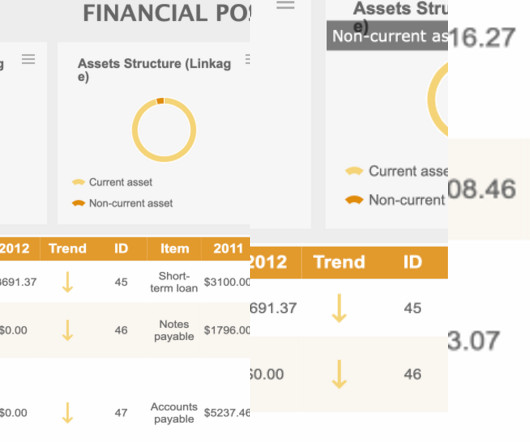Top 10 Analytics And Business Intelligence Trends For 2020
datapine
NOVEMBER 27, 2019
The development of business intelligence to analyze and extract value from the countless sources of data that we gather at a high scale, brought alongside a bunch of errors and low-quality reports: the disparity of data sources and data types added some more complexity to the data integration process.
















Let's personalize your content